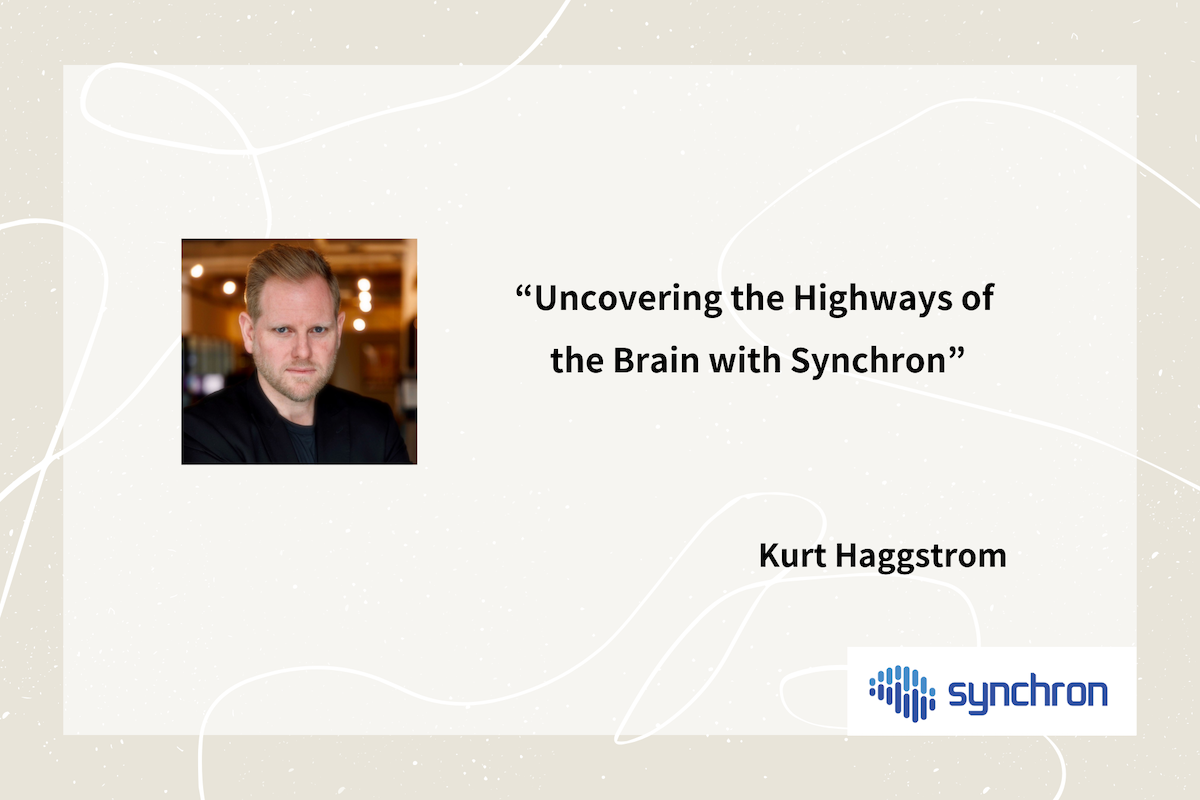
What is Synchron?
Synchron has long been a frontrunner in the increasingly competitive world of neurotech. Based out of New York, they have been developing minimally invasive brain machine interfaces (BMIs) since 2012. They are developing a device that is placed in the blood vessels of the brain to operate external computers using neural signals.
Over the past decade, significant advances in brain-machine interfaces (BMIs) have given those with motor impairments control of assistive technologies such as computers, wheelchairs, and bionic arms. However, there have been roadblocks in gaining US FDA approval for these technologies, as many BMIs access the brain using electrodes that require invasive surgery.
One company that is expected to overcome these difficulties is Synchron. The minimally invasive brain-machine interface developed by Synchron uses blood vessels to access the brain, reducing the risks associated with open brain procedures. This technique involves implanting a stent-type device into a blood vessel in the brain, which is inserted through a vein at the back of the neck, leaving no surgical scars in the brain. After the stent is positioned near the motor cortex, it is expanded to place 16 metal electrodes against the blood vessel wall, from which motor neural activity can be recorded.
Leveraging this technology, Synchron was granted clinical trial approval by the US FDA ahead of Elon Musk's Neuralink. Recently, patient enrollment for the COMMAND trial has been completed, and they plan to begin evaluating the safety of a permanently implanted BCI.
Article -- FDA clears Synchron's brain-computer interface device for human trials
We interviewed Kurt Haggstrom, Chief Commercial Officer, who joins the company at a pivotal time in Synchron’s history.
Bridging the Gap between Engineering and Medicine:
Kurt’s interest in the biomedical sciences stemmed from a college football injury. During his recovery, he became motivated to find ways to improve knee braces to return to his beloved sport more quickly. This event led him to pursue a degree in biomedical engineering in graduate school, where he gained the skills to invent devices that could change people's lives.
Following his schooling, he gained exposure to the world of medical devices at Medtronic. Traveling to medical conferences, he worked closely with the physicians that directly interacted with the implanted patients. He continued to attend various conferences and, in 2015, met Dr. Tom Oxley, who would later go on to found Synchron. Kurt continued to follow Dr. Oxley's work closely, being impressed by the potential of his technology to transform patients' lives.
I was able to touch on the development and creative side of technology. But at the same time, I get to apply it with a purpose and a mission
Academia to Industry:
Kurt is not the only person at Synchron that has transitioned from research. The team is made up of countless neuroscientists, data scientists and engineers. We asked Kurt about the unique advantages of having a team with diverse backgrounds spanning research and industry:
Those in academia and industry have different thoughts on timelines and resources you need for questions that you try to go answer. What we're trying to do (in industry) is develop a product. I think that's where I've seen people get excited that are coming from academics is that it's a real tangible thing when you deliver a product out to market that helps somebody. I think that's a very rewarding thing that I've seen now from folks that have come from the lab or clinic. They come in and see their science come to life.
I haven't seen as much go back into the research piece. I definitely have seen academics go into industry but maybe not so much the other way around.
Using Tradition to Innovate:
After 20 years of looking inside of blood vessels, Kurt is taking on a new challenge - grasping what’s on the outside.
Synchron uses a minimally invasive endovascular procedure to place the Stentrode within the blood vessels directly adjacent to the motor cortex. Utilizing this clever design, Synchron’s team is putting a new use to a device that has been a staple in the vascular space for decades. There is no doubt the familiar technology has given the company a leg up in the race for FDA approval.
The great part about our approach is that it’s not new. So we get to leverage all that experience and knowledge.
Real Patients, Real Lives:
While are many companies conducting research and development in BCI technology, Kurt says the main reason he joined Synchron was because of the opportunity interact with patients on a daily basis.
There’s a patient out there that we need to help and we work with them every week. Knowing that there’s an immediate need, we try to create the most efficient, effective and safest path to bring that product to them.
By working closely with patients, Synchron is differentiating themselves through a detailed understanding of the end user’s needs. These conversations give them a better understanding of the struggles directly from the patient to to best suit the patients’ needs. Synchron's technology not only benefits patients, but gives caretakers more freedom as well.
There’s an element of restoration of what’s lost in that patient. It’s critical being able to have control, independence and having autonomy. You don’t have to rely on somebody.
Key Considerations in BCI Development:
Continuous learning elements are essential in the development of BCI systems, and are a core feature for Stentrodes. The brain's state today may not be the same tomorrow. Neural patterns are always changing. As the environment or the disease itself changes, the processing methods of the BCI system may also need to change. Therefore, algorithms and coding must adapt flexibly to these changes in the brain and be able to accommodate different environmental factors and different patients. Creating a BCI that can adapt to these changes has been a challenging endeavor, but was a key consideration during algorithm development.
Looking forward:
With ten current patients implanted across Australia and the US, Synchron is enthusiastic about the longevity of the implant.
Among the patients with Synchron's implanted devices, the longest usage period is over three years. Traditional stents used in blood vessels, which the Stentrodes are modeled after, typically last decades without issue. They expect the combined system to reliably read out signals for the entirety of the patient’s life.
In the coming years, Synchron is looking to find other potential applications of its device with hope to use the platform to diagnose motor dysfunction in populations with epilepsy and Parkinsons.

